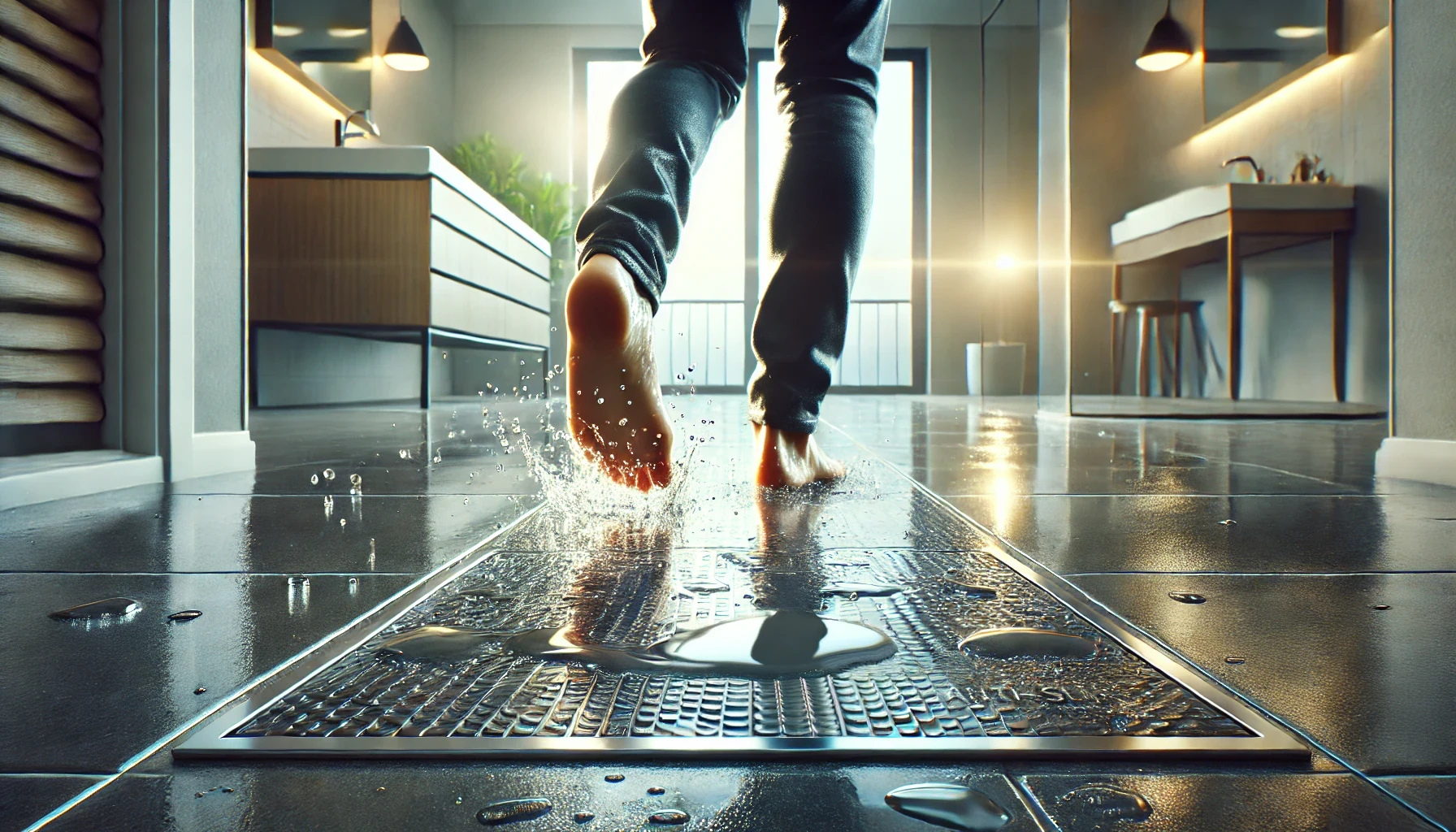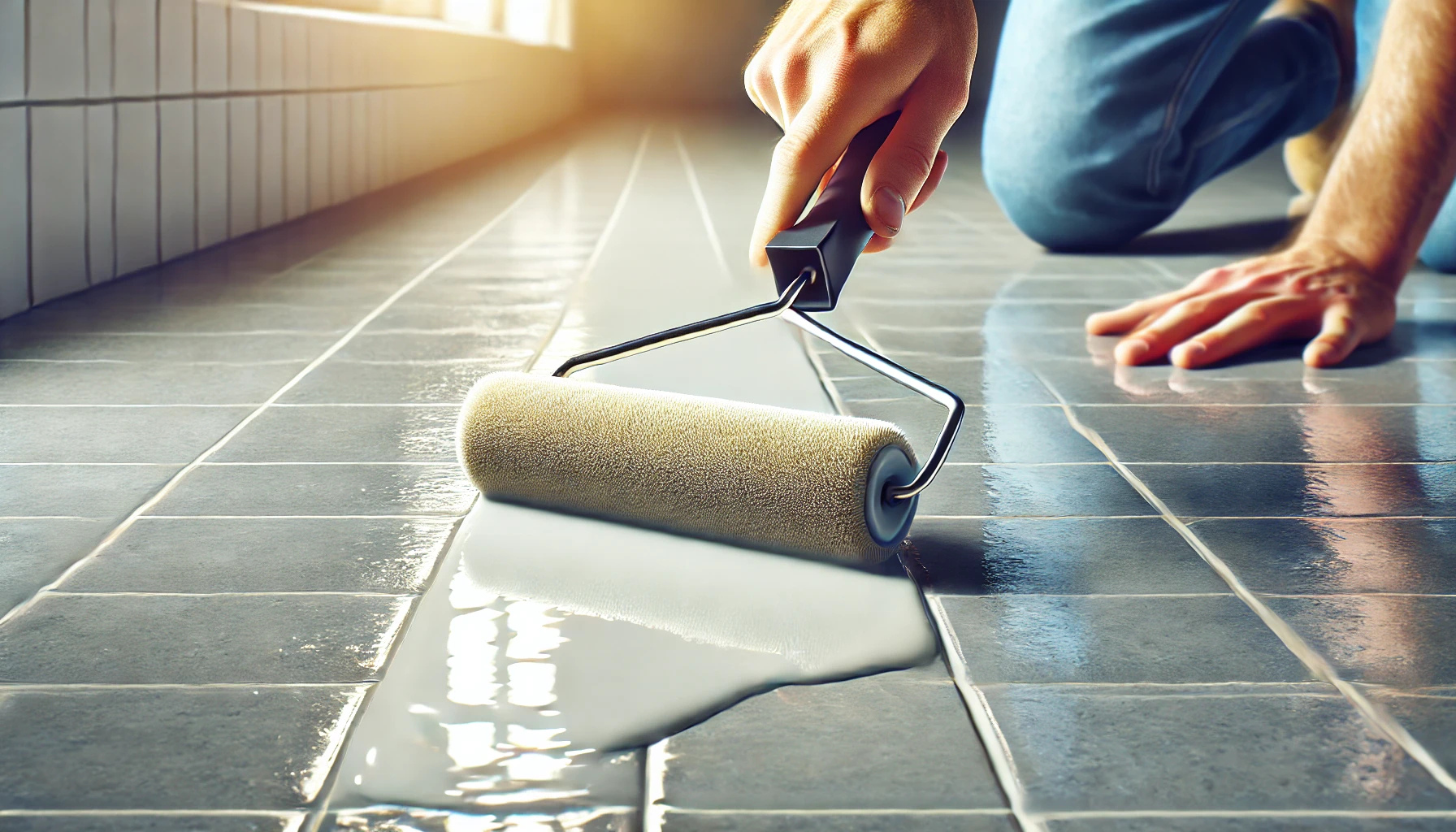How To Make Tile Less Slippery
Slippery tile floors aren't just an inconvenience – they're a serious safety hazard that needs immediate attention. Whether you're dealing with bathroom tiles that become treacherous when wet or kitchen floors that feel like an ice rink, there are effective solutions to enhance traction without compromising your home's aesthetics.
Maintaining a safe home environment requires regular upkeep, and while apartment cleaning services can keep your floors spotless, addressing the underlying slipperiness is crucial for preventing accidents. Let's explore proven methods to make your tile floors safer for everyone.
Professional Solutions
Anti-Slip Treatments
Professional anti-slip treatments give your tile surface microscopic treads that increase traction sharply. These work by slightly altering the surface texture without compromising the appearance of the tile and are very effective on:
Ceramic tiles
Porcelain surfaces
Natural stone
Glazed tiles
Nano-Technology Coatings
Modern nano-coating solutions offer invisible protection by creating a microscopic texture that enhances grip without changing the floor's appearance. After scheduling deep cleaning services to prepare the surface, these coatings can be applied for long-lasting slip resistance.
DIY Anti-Slip Techniques
Grip-enhancing solutions
Indeed, anti-slip solutions bought from a shop can be applied at home. Most of the treatments will leave an invisible protective layer, kept in the right way, can last up to 3-5 years or even more. They work the best when applied to a thoroughly cleaned surface.
Textured Overlays
Textured overlays have very great traction and enable one to maintain the original color scheme of his floor. They bond right onto the existing tiles, forming a slip-resistant surface that can take up lots of footfalls.
Preventive Measures
Strategic Mat Placement
Good-quality anti-slip mats guarantee instant safety in moments of high risk. The focus should be on:
Entrances to bathrooms
Kitchen work areas
Exteriors doorways
Around swimming pools
Regular Maintenance Protocol
Establish a routine cleaning schedule that would prevent the buildup of soap scum and mineral deposits on the tiles, which makes them slippery. Also, use cleaning agents for the purpose that do not leave any residues or create a slick surface.
Natural Solutions
Vinegar treatment
A simple solution for the problem is cleaning the tiles with a mixture of white vinegar and water. Non-toxic treatment will help remove soap scum and mineral deposits while giving slight etching on the surface for a better grip.
Baking Soda Paste
A paste can be made using baking soda and water to afford some temporary traction improvement. Not permanent in any way, but it is not permanently damaging for most tile types and can be especially useful in an emergency situation.
Common Mistakes to Avoid
Over-Waxing
Many homeowners make the mistaken assumption that laying on several layers of wax will improve traction, which, in many cases does exactly the opposite and makes the surface so much more hazardous. Recommended products and applications are applied by the manufacturer.
Improper cleaning solutions
Using the wrong cleaning products. These will leave invisible films that increase slipperiness. Avoid:
Oil-based cleaners
Soap-heavy solutions
Silicon-based products
Wax-containing cleaners
Neglecting Regular Maintenance
Waiting until surface conditions obviously become slippery before taking action may result in accidents. Develop preventive measures and establish regular cleaning schedules to preclude such hazardous conditions.
Long-Term Safety Measures
Professional Assessment
Consider hiring a flooring professional to evaluate the particular scenario. The professional will recommend the appropriate treatment, depending on:
Tile material
Patterns of traffic
Moisture exposure
Environmental factors
Regular Testing
It will be important to adopt regular testing of slip resistance, especially in commercial spaces or homes that have elderly residents. It is a way of heading off the accident before it even really has a chance to occur.
Remember that different parts of your home may be best treated differently. Bathrooms might require more aggressive treatment, living areas a lot less, and kitchen floors may benefit most from a combination of approaches. The key will be to choose solutions for adequate safety but maintain appearance and functionality of the flooring.
These measures will vastly reduce the incidence of slipping and falling without impairing the aesthetic value of your tile floors. Routine cleaning and periodic reassessment of your floor will ensure a long-term safety for both your home and business.

